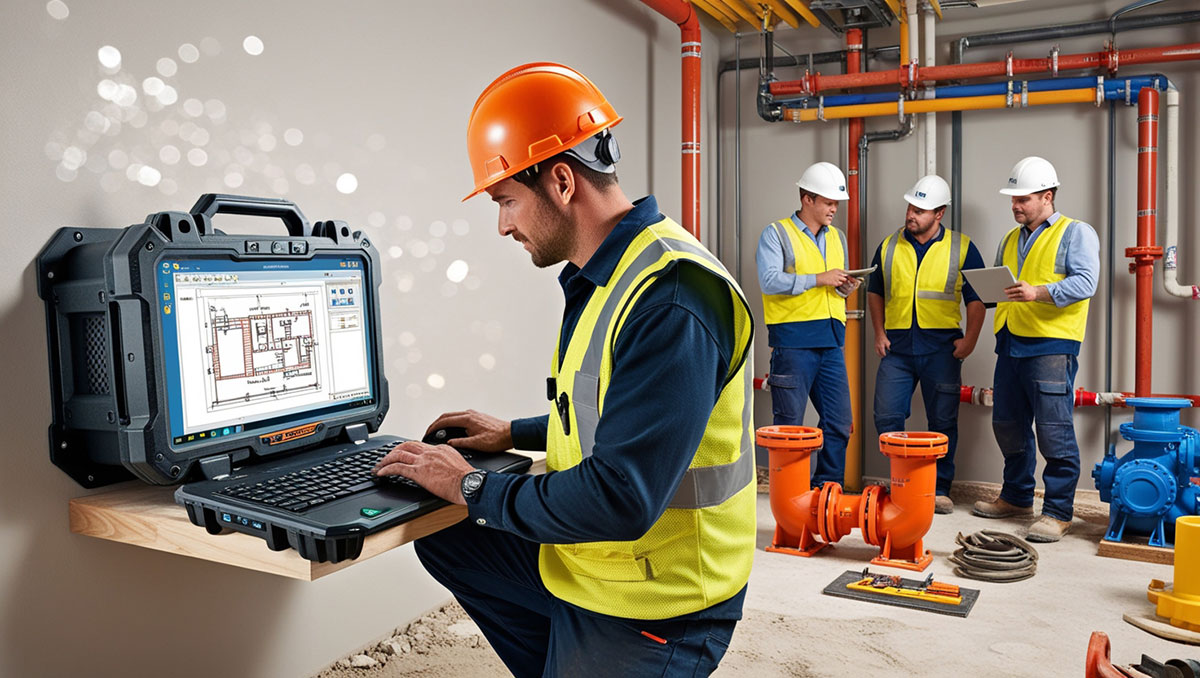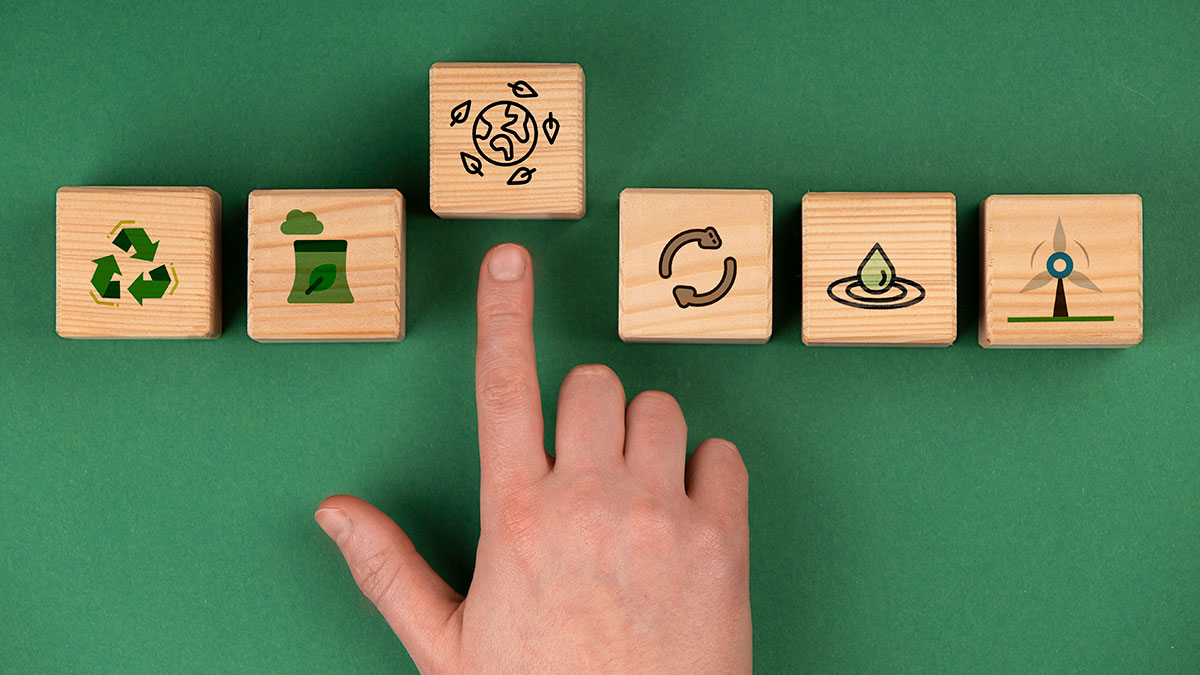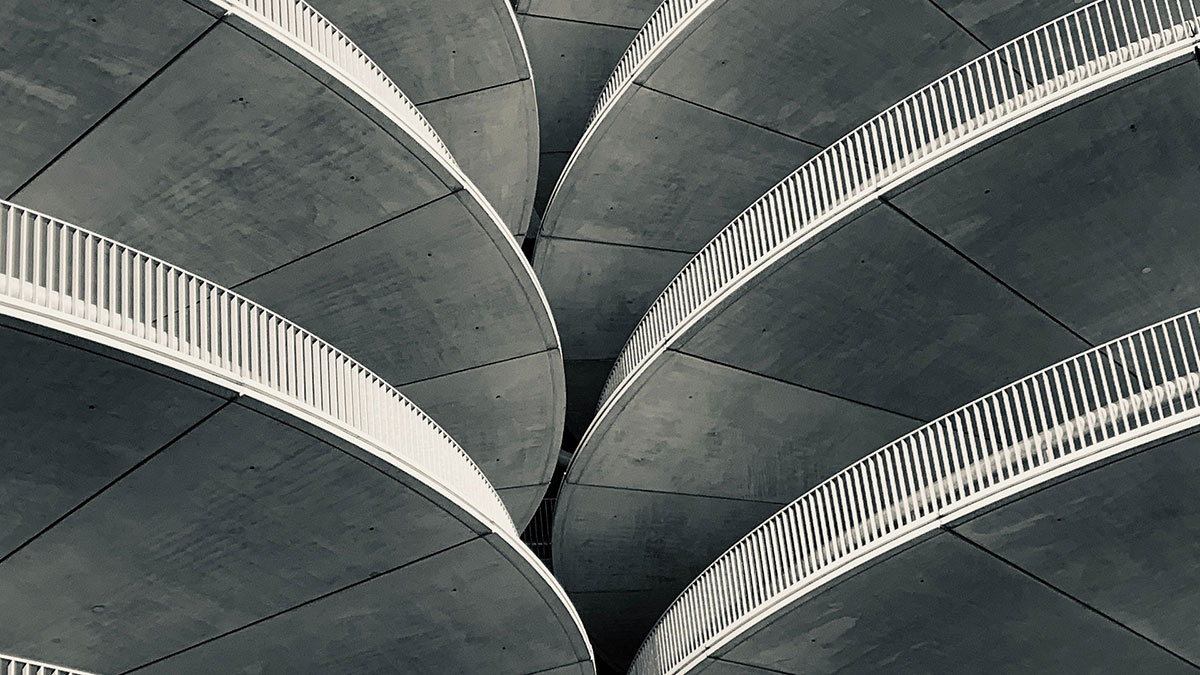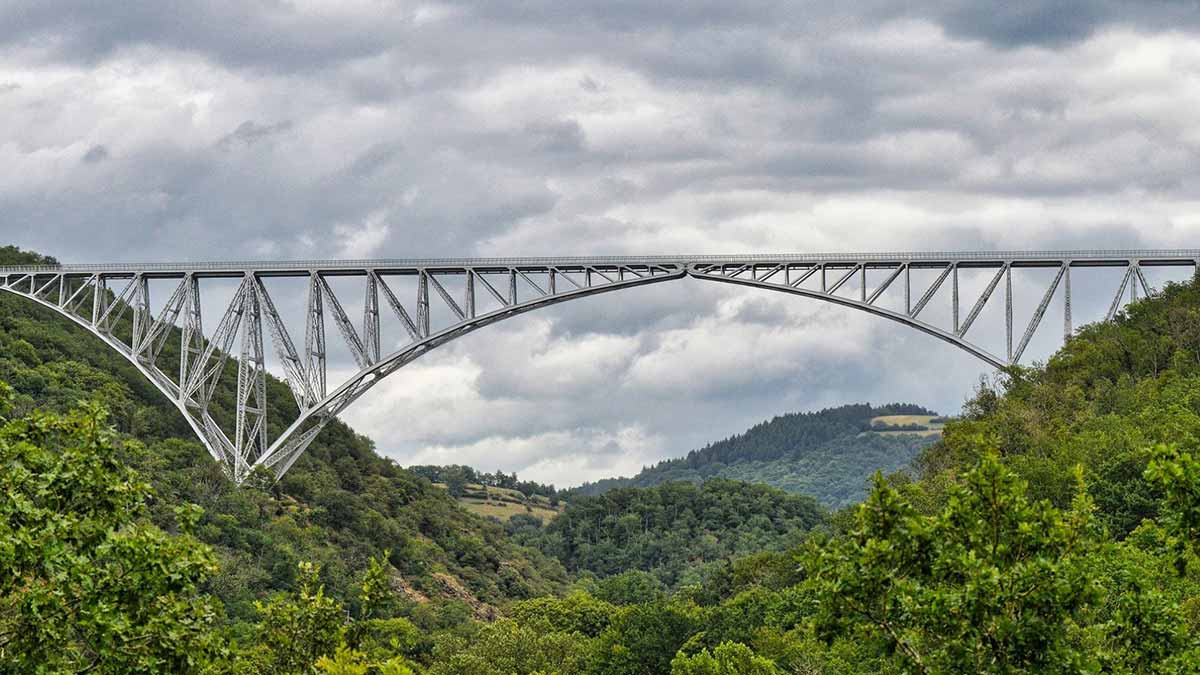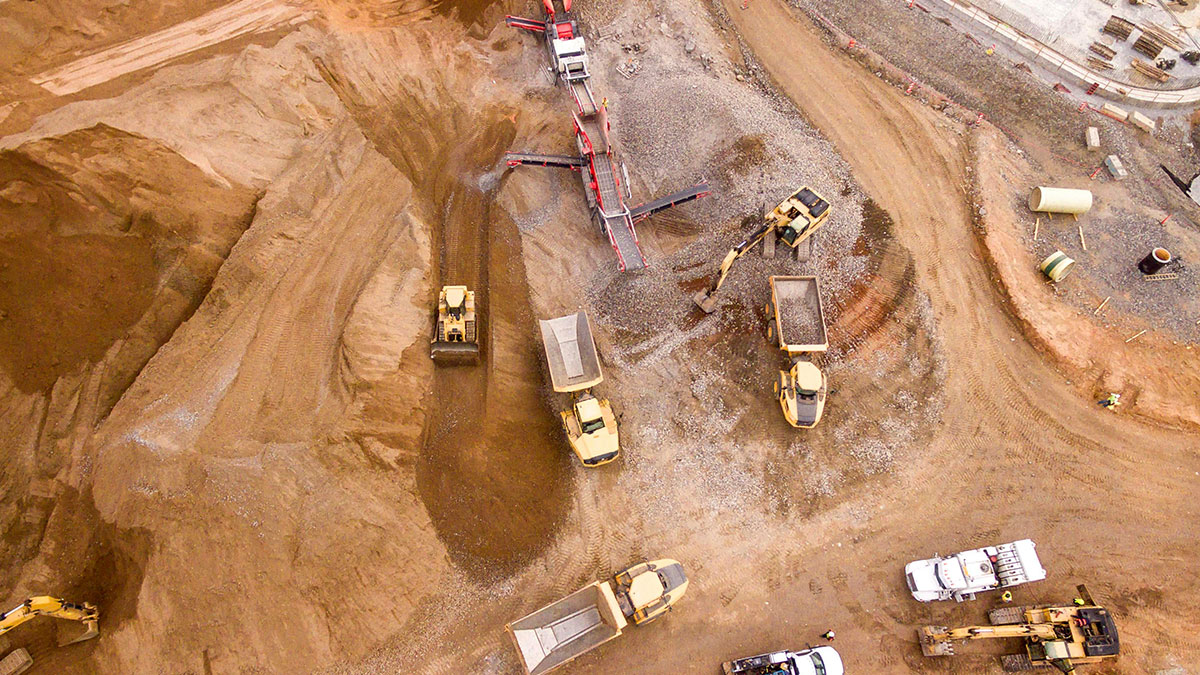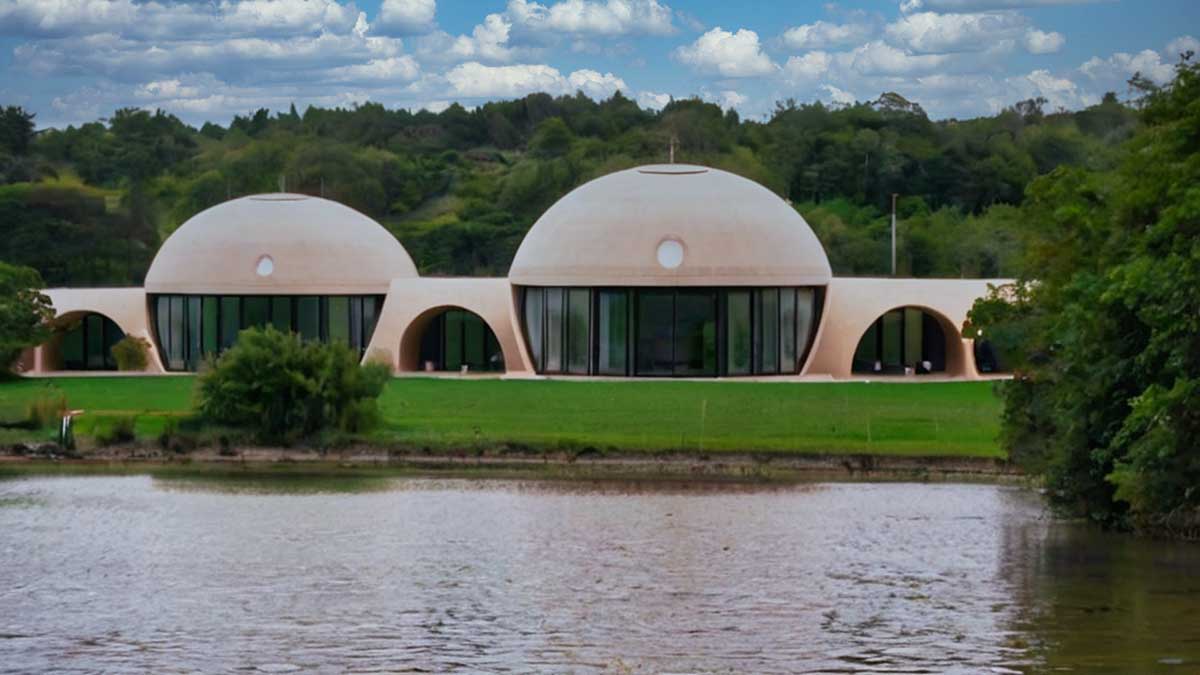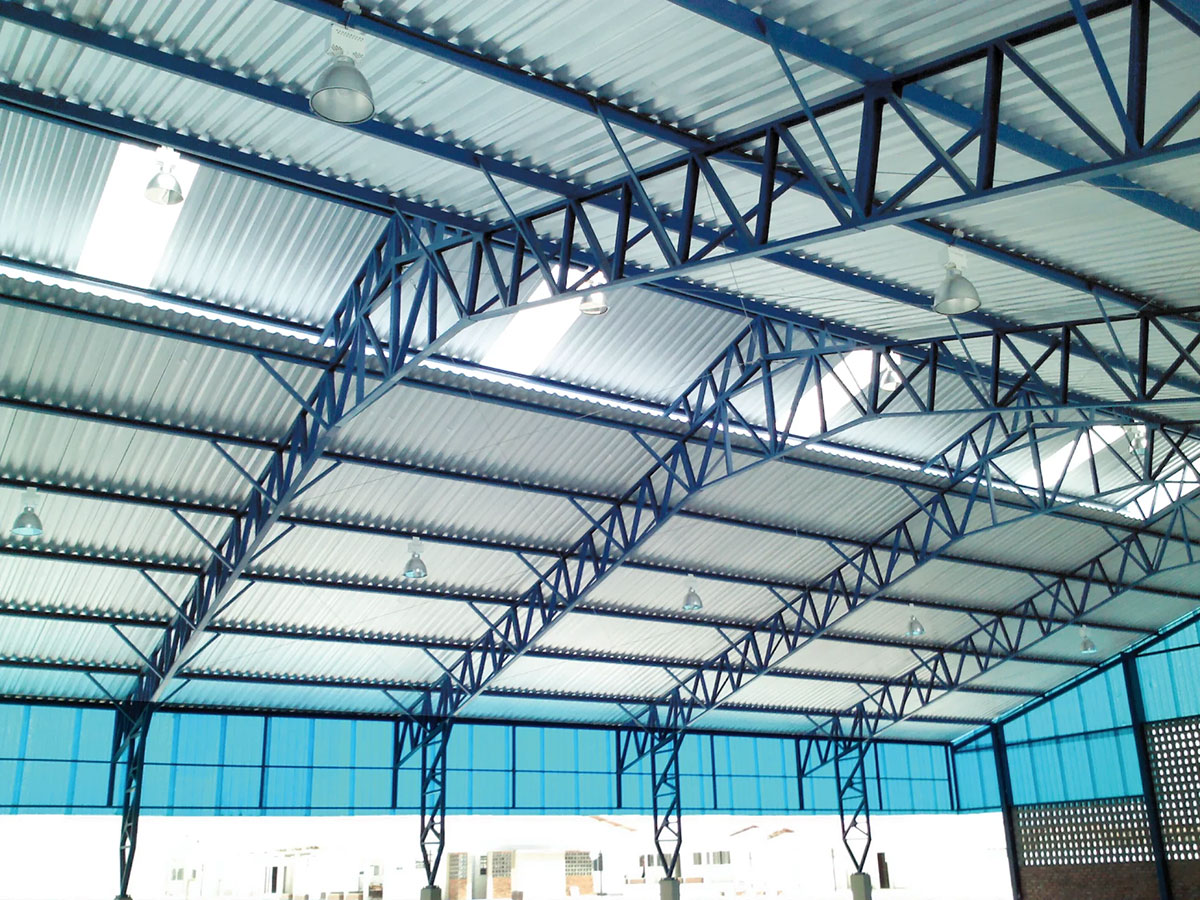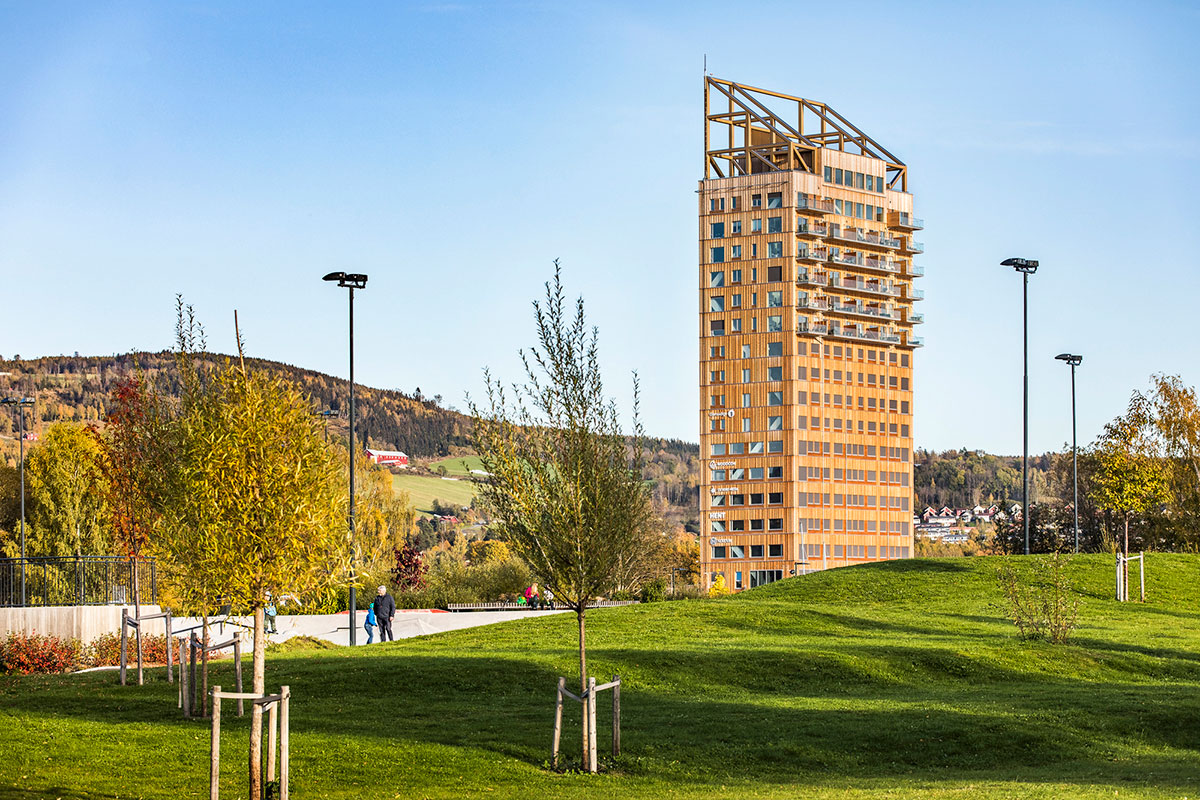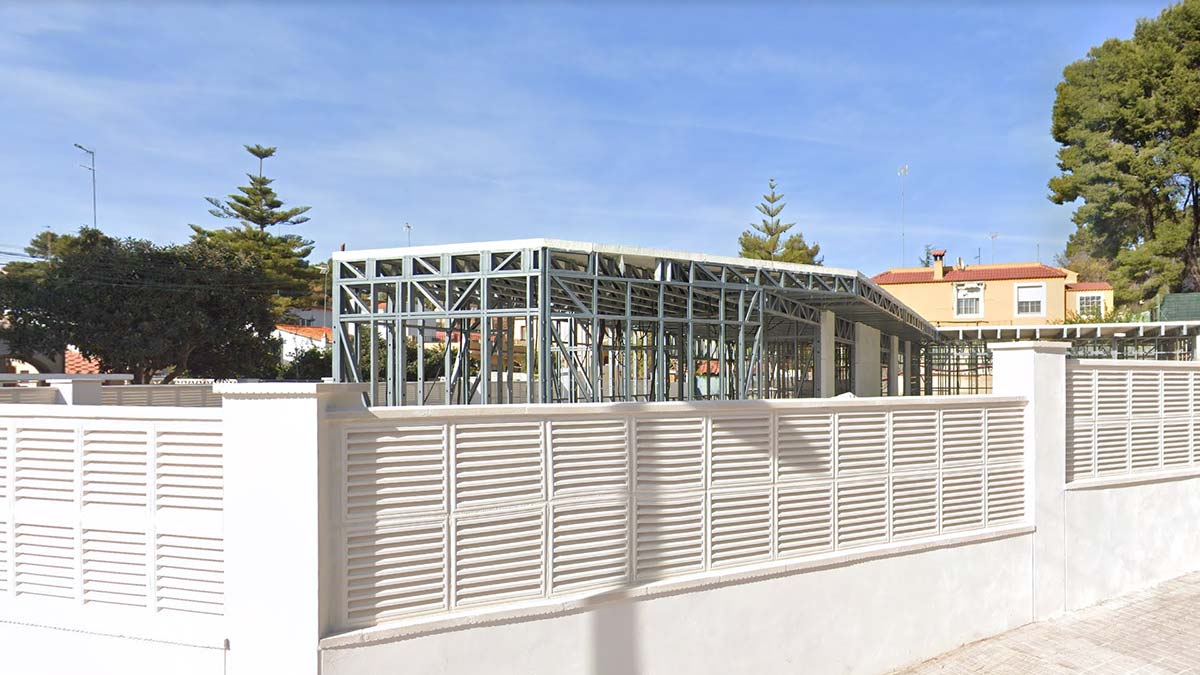BIM stations in construction, elements for decision making
Bringing BIM stations to a construction site will depend on factors such as digitisation or the needs of the project.
Calculating the environmental impact of construction
Soil, vegetation, waste, consumption of natural resources, biodiversity... relevant assessment methods.
Innovative materials and techniques in architecture and construction, advantages and disadvantages
Considering the specific needs of each architectural project in order to make the most appropriate selection.
Hybrid steel beam construction
Efficient and environmentally friendly development and transformation in infrastructure design and construction.
Top trends in the construction sector according to experts
Autodesk's Digital Builder blog reports on the most important trends in construction for the near future.
Use of drones in construction
An innovative solution that improves the productivity, safety and sustainability of construction projects.
Future carbon footprint in construction
BIM tools for ‘informed design’ with carbon footprint minimisation criteria.
Construction with Binishells modality
The structures stand out for their robustness, durability and adaptability to different climatic and geographical conditions.
Advantages of pultruded profiles in the construction industry
A highly efficient manufacturing process makes its use in construction more sustainable than other profiles.
Modern timber construction
Mjøstårnet in Norway or the Ascent MKE Building in Wisconsin, USA, demonstrate the success of timber construction.
Interoperability in architecture and construction
One of the initial decisions in the design of a building is how to approach the digital models to be created.
“Dry construction”, Steel Framing and Expanded Polystyrene
A thermal and aesthetic solution in a single lightweight, prefabricated and customised element, with numerous advantages.


